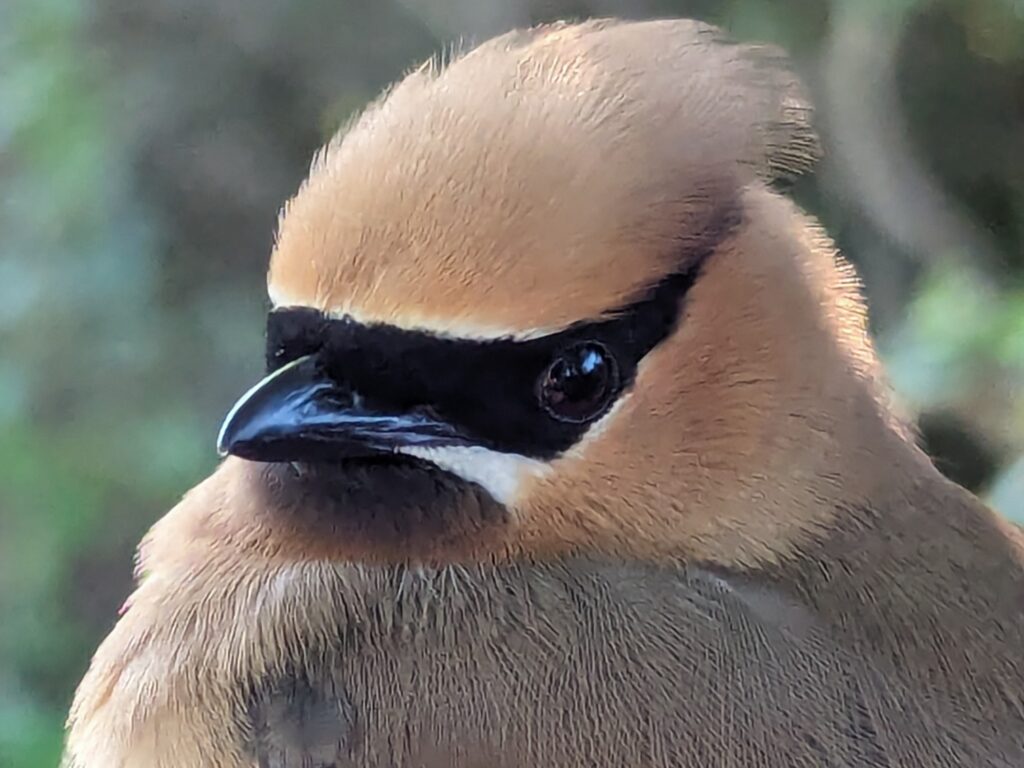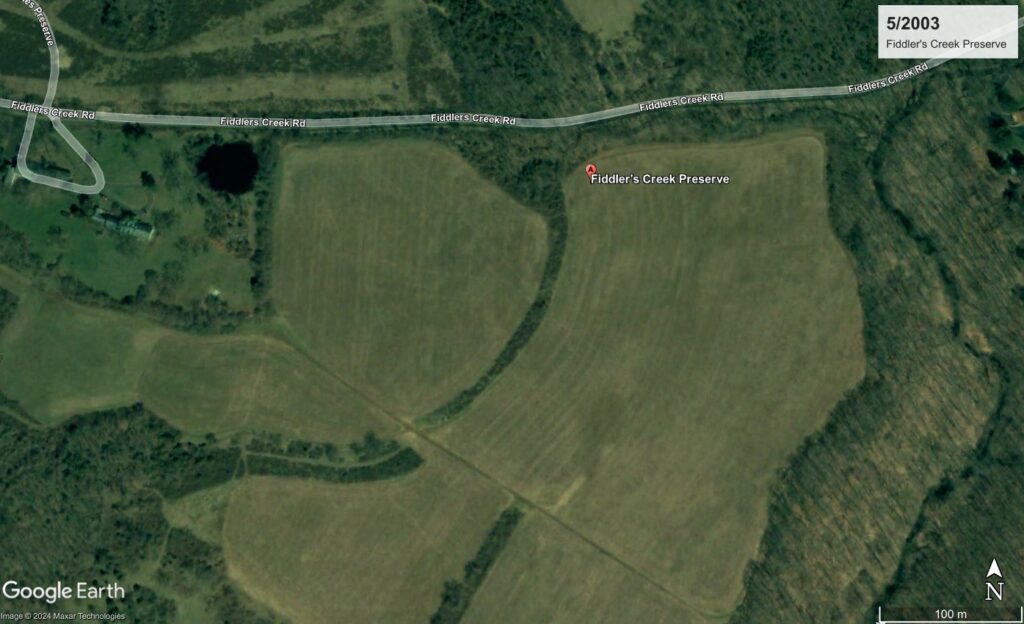June 15, 2024
Have you ever returned to someplace after a prolonged period of time, whether it be structurally or perhaps even scenery, where something has drastically changed. Not long ago, I visited my alma mater and after so many years, there were so many new buildings. I knew it was the same place as it had always been, but still the differences were hard to look past. Memories were still there in my mind, but awash in a different shade of gouache requiring a bit of imagination. Wait, where did that quad go? I don’t remember that building being there. The canvas that was my home for 4 years took on a very different feel.
Now that we traversed that line where Spring is officially over and Summer is seemingly but hours away, synergy of the backyard is also awash in change. Birds you are used to seeing all winter are more sporadic. Meanwhile, in the early dawn hours, the bird noises are louder and then there are the slightly fluffier more anxious birds hoping for one more freebie from the parents. Shades of green exist in every color imaginable erasing the pastels of Spring. Most (but not all) backyard birds have come close to leaving the nest for good, or for some, they may even be on their second brood. Still, there are also some species of birds that don’t even build a nest or raise their own young…they drop their eggs in other nests and fly off free as a bird. And still others who are just beginning to think about the mate finding and nest building initiatives.

This past Saturday, we saw one such juvenile at the Wild Bird Research Group, Inc. banding session. A hatch year Rose-Breasted Grosbeak (below) was among that select juvenile few. Also, the fluffiest Field Sparrow I had ever seen. One superbly elegant Cedar Waxwing (above), and an Ovenbird rounded out the collection of birds, amid the usual birds that we expect to see at the station at this time of year. Those included Common Yellowthroats, Grey Catbirds, Northern Cardinals, House Wrens, Prairie Warblers and others.

Certain birds that arrive at this particular bird banding station are a part of my above analogy. Over the past decade, the acres of enclosed land around the banding station have been growing and changing, providing a completely different landscape. Drawing interest to birds that seek its uniquely growing habitats. It is the same space, the same foot print, yet looks completely different. Barely ten years ago, you could see your parked car, a 4 minute walk away. Now, with that layer of gouache growth across the fields, your car is completely hidden from view. Tulip poplars, Eastern red cedars, and many more all growing up and changing what this habitat is bringing with it. And of course with that change in scrubby undergrowth and varying heights of trees comes new birds, finding that habitat that interests them. (See my last blog on what bird crowned new to the station!) While on the flip side of the canvas, other birds that used to be more frequent are not as much anymore, having (hopefully) found their preferred digs elsewhere.
Through the amazing abilities of Google Earth, we can take a look at the progression of change at this research station (seen below). Through the imagery we can see just how much the canvas is literally flipped. The image on the left is from 2003, while the image on the right is from just last year, 2023. A forest turned farm field, then eventually back to forest.


The research we compile comes along in birds weighing mere ounces, yet over time, we measure success not in weight, but in the picture we paint. We are monitoring breeding patterns and survivorship. We are a part of a bigger picture across the Americas, and this tiny slice of New Jersey is but a thread in the tapestry. Yet, the importance of habitat restoration over time draws quite a portrait. We are not artists (at least I don’t think we are, though some do have hidden talents) yet the banding technicians and volunteers are certainly passionate about what we do. Further information about how this bird banding data is used can be found here.
Author’s note: The image of the American Goldfinch with a band was taken on June 17th, 2024 in my backyard. While I am not able to decipher the bird banding code, this marks the 3rd banded bird I have seen in my yard in approximately 2-3 years. I have also seen a Chickadee and a Mourning Dove. Though I can’t say where these birds were originally banded, chances are though, I know the stations.
No responses yet